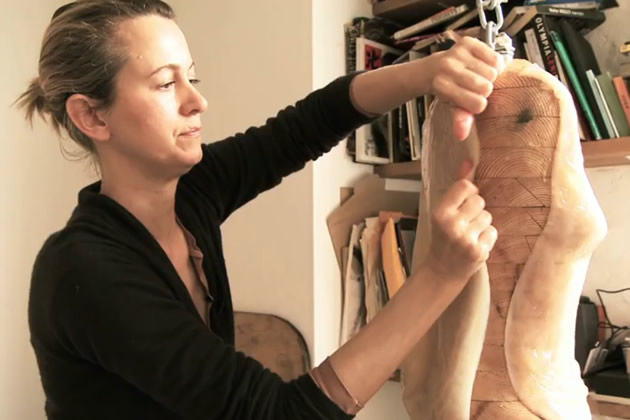
Sartorial Science
Sartorial Science
By: Tara Clark
First introduced to the public in 1951, polyester, that magical material that need not be ironed, revolutionised fast fashion. It became the burger and fries of the clothing industry; cheap to produce, cheap to purchase and easy to care for. Production boomed for decades, and the 1970s saw polyester hit its peak. While it has lost some of its popularity since its heyday, polyester is a fabric that we will continue to wear for a long time to come. Along with polyester, science has given us a myriad of new textiles over the years. Nylon, microfiber and the very on trend neoprene, to name a few. Once the work of science fiction these textiles were born out of the discovery that fibres could be grown in a lab far more easily (and cheaply) than they could be grown on a farm.
So where are we headed from here? What textiles can we expect to be wearing within the next few years? While these following examples may not be produced en mass any time soon, they’re a great indication of where science fiction and fashion will soon meet.
Suzanne Lee is a British fashion designer turned textile technologist. She’s the director of the Bioculture research project and, with scientist David Hepworth, is pioneering the exploration of bacterial cellulose as fabric, making textiles from nothing other than Kombucha. From their garages and bathrooms, these two began growing cellulose based fibres from the same recipe used to make very popular drink: sugar, tea and a symbiotic colony of bacteria and yeast or SCOBY. Haven’t heard of Kombucha? All the hipsters are drinking it.
When asked what was wrong with the materials we use in fashion today, Lee responded, “It’s actually not so much the materials; it’s the whole approach to manufacturing. An incredibly long and complex supply chain is involved in producing a piece of clothing. So there’s the huge toxicity and environmental impact of the production of clothing, and there’s also a massive social one.
As the Bioculture project developed, what became really interesting to me was how to address the pressing environmental issues around garment and fibre production, to think about more efficient ways to manufacture a garment. This wasn’t initially about trying to bring specific extra functionality to fashion, it was trying to re-think a system, and imagine if there was a more efficient and sustainable way.”
So Lee and Hepworth have sustainability at the core of their purpose, but what of Fabrican, the company behind the revolutionary fabric in a can? Responsible for the (literally) spray on t-shirt, the team at Fabrican have developed a method of bonding and liquefying fibres, which can be sprayed from a can directly onto human skin. These fibres quickly set, creating a completely washable textile which can be worn again or dissolved and resprayed. Fabrican promise to “make life more convenient, fun and healthier” with their product, but see applications for it outside the consumer industries. Combined with topical medicines, this completely sterile product could become an effective spray on bandage, or set hard enough to be used as a cast for broken bones.
While it’s unlikely that we will be buying garments made from beer bacteria or sprayed out of a can any time soon, scientific advances made in the name of fashion are a sign of two things: the first is that, as a race, we will always strive for new and better ways to get things done, and the second is that, fashion and sustainability can work hand in hand.


